- 60
- +
- 20
- +
- Competitions
- 700
- +
- Teams
- 20000
- +
- Students
Formula Student, established in 1979 by the Society of Automotive Engineers (SAE), is a prestigious international engineering competition. It challenges student engineers to design, build, and race formula-style cars, providing a platform to apply theoretical knowledge to real- world challenges. SAE SUPRA and Formula Bharat are prominent Indian branches fostering engineering excellence. Participating students gain hands-on experience, develop teamwork and project management skills, and prepare for careers in automotive and engineering fields.
Static Events
- Business Plan Presentation: 75 points
- Engineering Design: 150 points
- Cost and Manufacturing Analysis: 100 points
Dynamic Events
- Acceleration: 75 points
- Skidpad: 75 points
- Autocross: 100 points
- Endurance: 325 points
- Efficiency: 100 points
Autocross
Formula Student's Autocross event tests a car's agility and responsiveness. Drivers navigate a tight, cone-marked course with sharp turns and quick transitions. Success relies on a car's handling, suspension, and driver skill in maneuvering through the challenging layout for the fastest time.
Efficiency
The Efficiency Event tests a car's balance of speed and fuel economy. Teams complete a set lap while maximizing distance traveled on a fixed amount of fuel. Judges evaluate energy consumption and design features that promote efficiency, making it a strategic test of car development and race strategy.
Skidpad
The Formula Student skidpad event measures a car's lateral acceleration and handling prowess. Drivers navigate a circular course with increasing speeds, pushing the car's limits of grip. Judges evaluate the car's ability to maintain control and achieve the fastest lap within the designated area, highlighting a car's chassis balance and tire performance.
Endurance
The Formula Student endurance event tests a car's reliability and driver strategy over an extended run. Teams compete for the fastest lap times while managing fuel efficiency, tire wear, and potential mechanical issues, simulating the demands of a real-world race. This event consists of a 22 km long drive on a track similar to Autocross. Two drivers each drive the half distance of the track with a mandatory pitstop at the midpoint. A team must finish Endurance in order to earn any points from Efficiency or Endurance.
Students gain and develop skills such as engineering, project management and team work. Points are earned in a series of off track, “Static” events, and on track, “Dynamic” events. The team with the most points at the end of the competition wins. The growing popularity of the competition is proven by the rapidly rising number of participants and the establishment of new events. Since the inaugural competition in 1979, the Formula Student competitions have developed into an international competition with participants from over 20 different countries and over 600 universities.
























